The US Military is in the process of reincarnating the famous World War II expert brigade, dubbed The Monuments Men, in the 2014 movie of the same name.
The screenplay for the film was based on the book “The Monuments Men: Allied Heroes, Nazi Thieves and the Greatest Treasure Hunt in History” by Robert M. Edsel and Bret Witter.
They described the group of soldiers who had the responsibility of rescuing the artistic and cultural heritage of Europe from being ravaged by the Nazis.
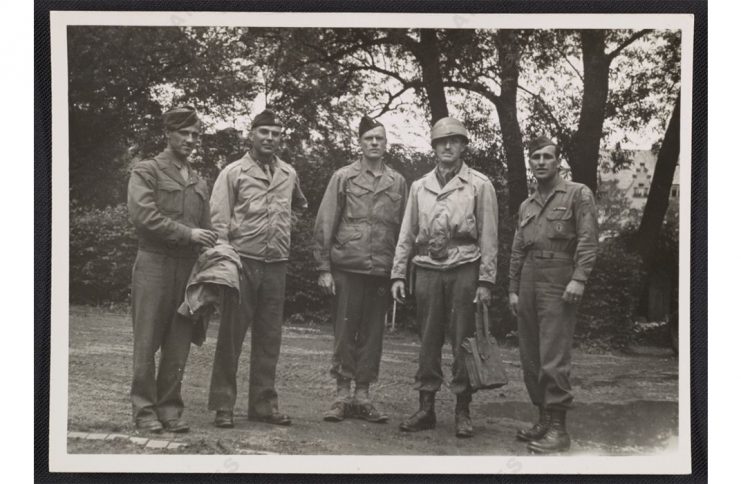
Now, the Smithsonian Cultural Rescue Initiative alongside the Psychological Operations Command (Airborne) and the Army Civil Affairs will work together to recruit suitably qualified personnel within the Army Reserve that have skills in the preservation of cultural heritage.
The group of men and women selected for this task will assist Army commanders in dealing with the complex challenges of a cultural nature that they face in combat situations.
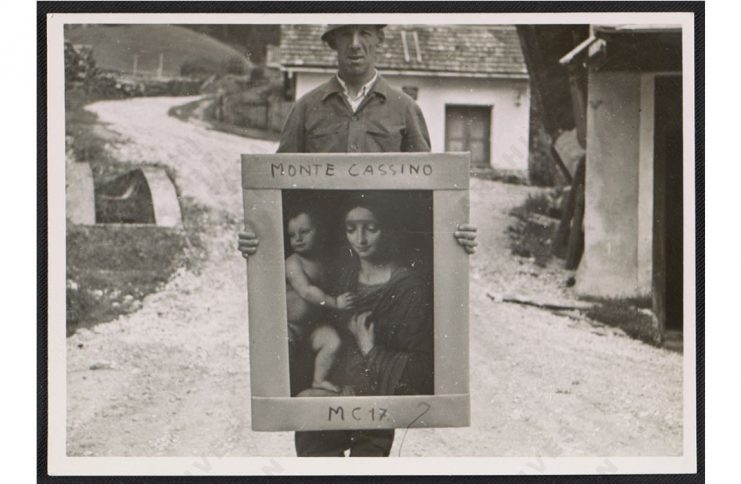
These new specialists in the Army reserve will help commanders that are involved in military combat action from becoming tangled up in civilian conflict caused by the complexities surrounding cultural heritage.
A preservation officer of cultural heritage, Col. Scott DeJesse, from USACAPOC(A), told Military.com, that the significant difference between the modern-day Monuments Men compared to their World War II compatriots was that the modern specialists had to meet the protection requirements laid down in the Hague Convention of 1954.
In addition to their cultural protection responsibilities, they would also have to advise staff officers who would, in turn, guide battlefield commanders on the cultural landscape within which they were fighting.
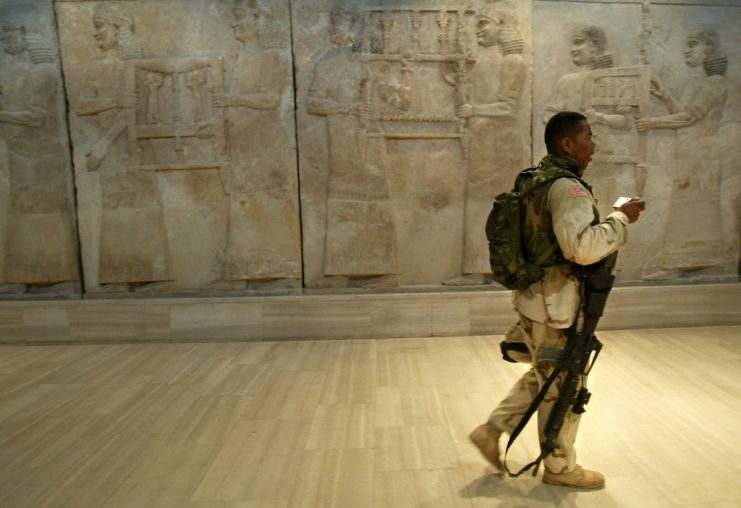
The museum, robbed and vandalized during the US-led invasion of Iraq, plans to reopen a part of it’s facility in one month. Some 2,000 items have been recovered out of the 15,000 which were removed amid the conflict. AFP PHOTO/Thomas COEX / AFP PHOTO / THOMAS COEX (Photo credit should read THOMAS COEX/AFP via Getty Images)
Culture and heritage are not passive components of any warzone; they are active agents that are often the driving force behind the conflict.
These are the components that many battlefield commanders need to be enlightened about and need guidance on when dealing with the war zone.
The US military admitted that these are issues that the military has struggled to come to terms with, in modern conflicts.
The Army had sent teams of specialist teams into Baghdad when the museum and other valuable artifacts were under threat.
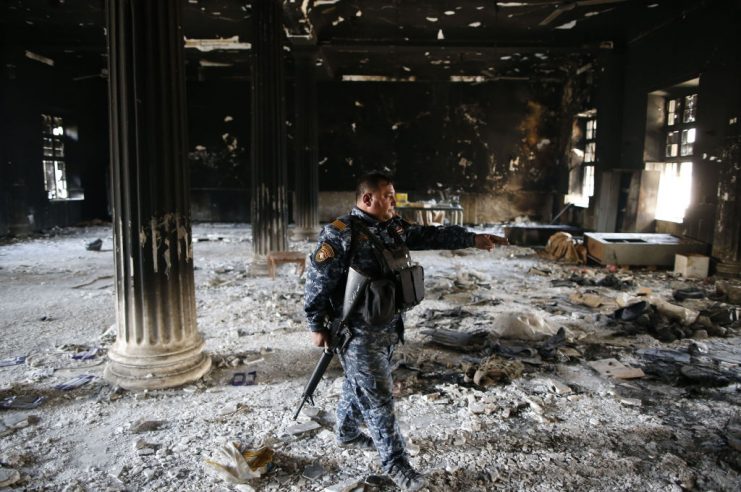
Iraqi forces seized the museum from IS on March 7 as they pushed into west Mosul as part of a vast offensive to oust the jihadists from the northern city. / AFP PHOTO / AHMAD GHARABLI (Photo credit should read AHMAD GHARABLI/AFP via Getty Images)
This was almost an afterthought as usually efforts to stabilize the environment focused on the tangible benefits of schools, clinics, and utilities. DeJesse emphasized that many times, the on-going conflict is a result of cultural differences.
If you wanted to stop the combatants from shooting at each other, then this had to be understood. Too often, culture is not something that unites people but rather is used to divide them.
The issues surrounding cultural differences had been overlooked in the past, and the Pentagon was not equipped to try and measure these intangible issues.
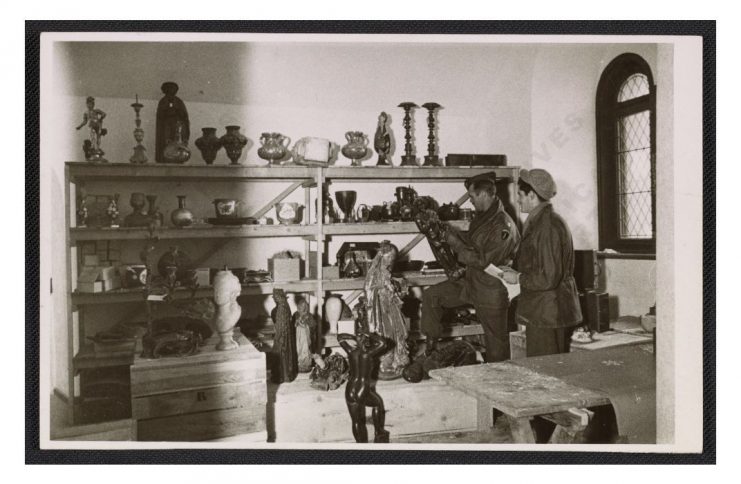
How to measure the performance of the military against invisible matters when they were trying to establish peace in combat zones had been largely ignored in favor of counting the tangible benefits brought to an area.
An excellent example of how these intangible affect commanders in the field happened close to home in Charlottesville, Virginia, in August 2017.
A Confederate monument was to be removed from a Charlottesville Park when violence erupted between a white-supremacist group and protesters opposed to them.
Military commanders need to be made aware of this type of flashpoint issue and how to deal with it. They need to understand how these cultural issues can be used as political tools, as happened in the Charlottesville incident.
One group wanted the monument to remain while another wanted it gone as their family were slaves, and their culture suppressed.
At an individual level, there is a myriad of reasons because heritage is so personal and influenced by national or regional identity as well as community and family ideology.
The new Monuments Men teams would be able to guide the field commanders that the violence is not about an object on its own, but about the heritage or culture surrounding the object.
Two groups of people are using the same object to try and divide the community, so when dealing with either party, the commander must understand the cultural ramifications of the objects in question, so they do not get caught in untenable situations.
The first step to building these new teams is to find people with the right skills and talent to train. During March, they will receive training on many aspects of cultural heritage and preservation at the Smithsonian.
The museum staff will guide them in the correct manner to handle rare and precious artifacts and how to assess and pack museum exhibits safely.
The last word came from Col. DeJesse, who said that when conflict breaks out, each side in the conflict targets the tangible, and they use the intangible components of those objects to divide the people.
Another Article From Us: US Army Develops Sound-Deadening Headgear for Their Military Dogs
This is where the new teams of experts will step in and guide commanders to ensure resolution is reached more quickly and that they are made aware of the unseen forces driving the conflict.
